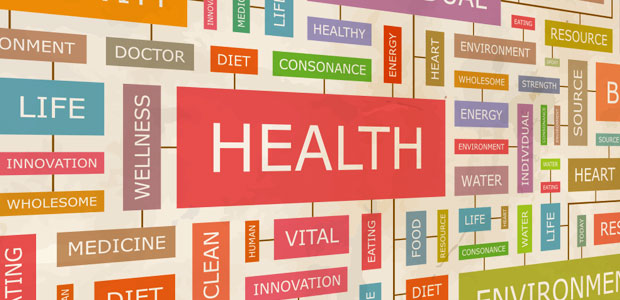
New White Paper Highlights Importance of Workplace Wellbeing
The section on incentives reports that institute participants continue to experiment and test the incentive structures to find out what works best for their employees.
ANAHEIM, Calif. -- A new white paper from NSC's Campbell Institute highlights the importance of workplace wellbeing as a key component in an employer's safety culture. The institute released it here Oct. 18 during the 2016 National Safety Congress & Expo.
NSC notes that employee health and wellbeing "is not just an emerging topic in the EHS field, but one that is quickly gaining momentum. Research, medical, and academic groups are pioneering the concept of integrated health and safety, which is the blending of health and safety programs along a continuum of organizational, personal, and occupational activities to enhance overall worker wellbeing and prevent work-related injuries and illnesses," it states, adding that underlying this definition "is the belief that a true culture of health and safety is dependent on not only a strong safety program, but also a program that focuses on worker wellbeing."
The white paper lists five key takeaways developed through interviews with nine Institute participants – BNSF, Cummins, ISN, Mosaic, NASA, Norfolk Southern, Owens Corning, United Rentals, and USG. "Those contacted were responsible in some way for the administration, development, and implementation of the organization’s employee wellbeing initiatives. The interviewees were frequently human resources managers or persons in charge of employee benefits, but also included a safety and health director or in-house physician. The interview questionnaire asked how and why Campbell Institute organizations implemented employee wellbeing initiatives, the types of activities and incentives that comprise their programs, and the major challenges and successes they have experienced along the way," the white paper says.
The key takeaways are:
- Pilot health and wellbeing programs with stakeholder input.
- Craft good communication.
- Experiment with incentive structures.
- Engage employees through organized activities.
- Connect wellbeing to safety.
The section on incentives reports that institute participants continue to experiment and test the incentive structures to find out what works best for their employees. "One member, ISN, found that employees were actually more likely to maintain participation in a steps challenge if they paid for their Garmin watch instead of having ISN subsidize the cost, requiring them to put some 'skin in the game,' " it states. "USG offers occupational health testing and a smoking cessation program free of charge to encourage employees to take advantage of these services. United Rentals offers a $1000 incentive for being tobacco-free and a $600 incentive for taking part in health assessments and health coaching. At Mosaic, employees are frontloaded with a $60 wellness credit that they keep if they complete a health screening and assessment after a few months. Mosaic employees also have the opportunity to earn up to $200 in gift cards for participating in a health coaching program. Because it is a government agency, NASA cannot offer incentives in the form of health insurance premium discounts. Regulations also prohibit the agency from awarding 'prizes' and trinkets (e.g., swag). However, agency-wise recognition and awarding two trophies and two plaques have shown to be enough incentive and motivation to gain substantial employee participation. For the past three years during their annual fitness challenge, participation went from 2,100 participants in 2014 to more than 3,300 in 2016."